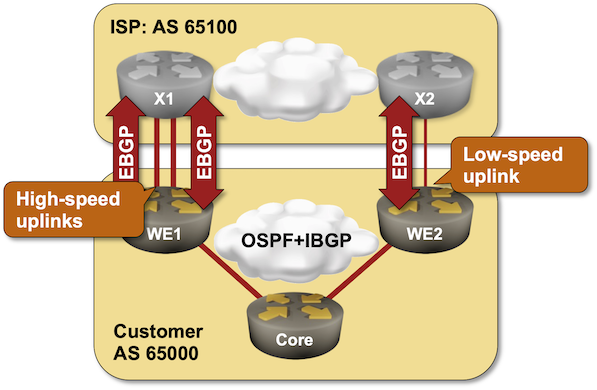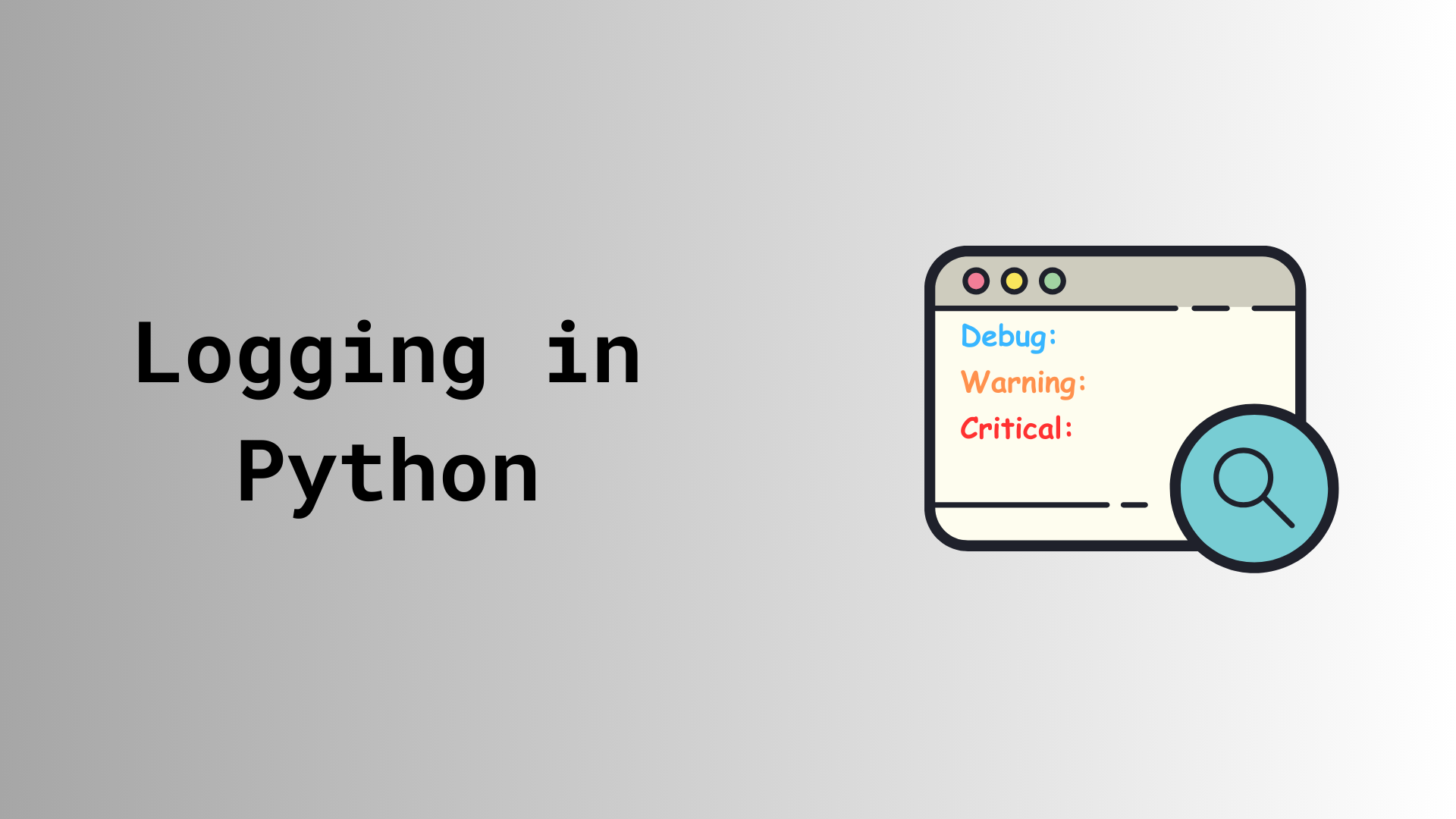Semper Gumby

By now I’m sure you’re familiar with Murphy’s Law: “Anything that can go wrong will go wrong.” If you work in IT or events or even in a trade you’ve seen things go upside down on many occasions. Did you ever ask yourself why this happens? Or even what you can do to fix it? What about avoiding it completely?
I have done a lot in IT over the years. I’ve also been working hard as an event planner and coordinator with Tech Field Day. The best lessons that I’ve learned about anticipating disaster have come from my time in Scouting. I’m often asked by companies “how did you know that would happen?” I almost always answer the same way: “I didn’t know THAT would go wrong, but I knew something would. I just kept my eye out for it.” It almost sounds too simple, right? But if you are familiar with event planning you know it’s almost a law, just like Mr. Murphy’s famous version.
How can you anticipate problems and still manage to make things happen? You can’t always fix everything. However, you can make sure that people don’t notice the issues. You just have Continue reading




